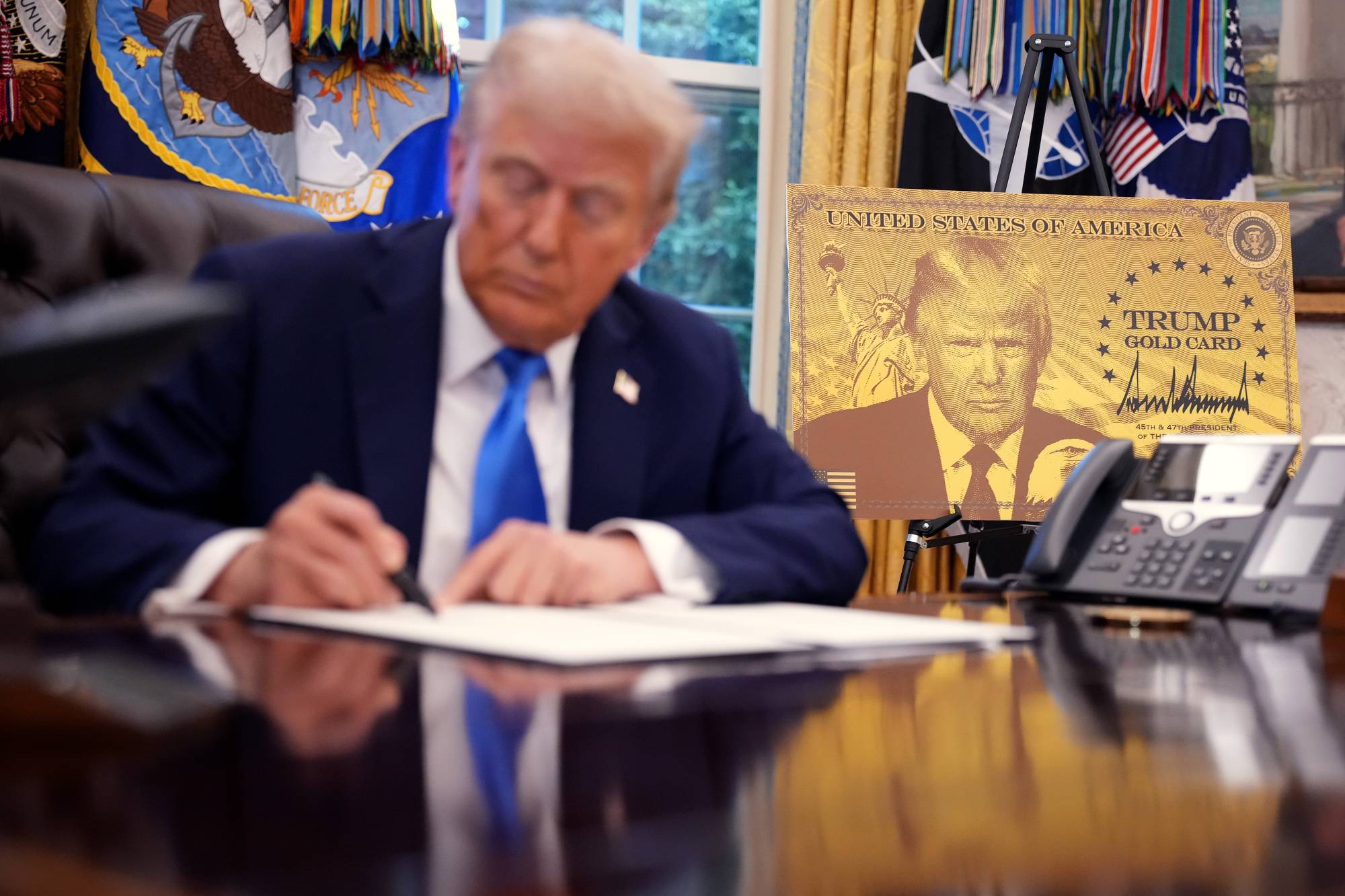
"On Sept. 19, panic struck an evening Emirates flight on the runway at SFO International Airport that was about to depart for India - as news spread in the cabin of President Donald Trump's executive order concerning H-1B visas. Trump's executive order had demanded companies pay $100,000 to supplement a single H-1B visa - a type of temporary visa category that allows employers to hire foreign workers in "specialty occupations" that usually require at least a bachelor's degree. Previously, companies usually paid around $2,000 to $5,000 per H-1B visa."
"On top of that, because of green card problems [and] backlogs, because there's a per-country cap, we have certain countries where H-1B holders can extend beyond that six-year limit because they're waiting for their green card. And that is a very large population. There are hundreds of thousands of people in that situation. Neumann: The first email I got was from an HR director saying, "Hey, our CEO is hearing something about a $100,000 fee. How is this going to impact us? Is this true?""
An executive order requires employers to pay $100,000 per H-1B petition, a sharp increase from the typical $2,000–$5,000 employer costs. The fee triggered immediate alarm among H-1B holders and HR teams, with reports of panic spreading in a flight cabin and urgent employer inquiries. Most H-1B visas are concentrated at major technology firms and in IT consulting and outsourcing firms. Existing visa caps and green card backlogs allow many H-1B holders to extend beyond six years while awaiting permanent residency. Hundreds of thousands of people are affected, and only cap-exempt institutions continue to file petitions under current conditions.
Read at Kqed
Unable to calculate read time
Collection
[
|
...
]